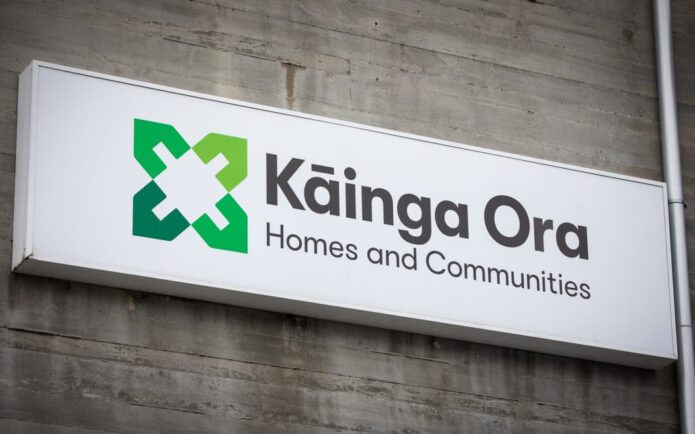PHOTO: FILE
New Zealand House Prices Forecast to Rise Amid Economic Shifts and Interest Rate Cuts
The New Zealand housing market is set for a significant turnaround, with property prices predicted to rise by approximately 5% over the next two years. This forecast comes after a prolonged period of market correction, during which prices fell by nearly 19% following the pandemic-induced surge. With interest rates dropping and buyer optimism growing, the landscape is changing rapidly for both prospective homeowners and investors.
Post-Pandemic Market Correction and Recovery
Between 2020 and late 2021, New Zealand’s housing market experienced an unprecedented boom, with prices skyrocketing by 40%. This surge was driven largely by low interest rates, limited housing supply, and a rush to secure properties with more living space amid lockdowns. However, the bubble began to deflate as interest rates climbed, leading to a sharp market correction that saw house prices fall by almost 20% by 2023.
Now, with the Reserve Bank of New Zealand (RBNZ) cutting rates by 125 basis points and signaling potential further reductions in 2025, the market is regaining momentum. According to a recent Reuters poll of property experts conducted between November 12 and 28, average home prices are expected to rise by 5.1% annually in both 2025 and 2026. This projection aligns closely with RBNZ’s internal forecasts, which anticipate growth of around 4% in 2025 and nearly 7% the following year.
Rising Rent Costs and Inflation Pressures
While homebuyers may benefit from falling mortgage rates, renters face a tougher road ahead. Rental prices are expected to outpace general consumer inflation, adding financial strain for those saving towards a deposit. The Reuters survey suggests that urban rents could increase by 3.5% annually over the next two years, surpassing the forecasted 2.0% inflation rate. This trend reflects ongoing housing shortages and high demand in major urban centers like Auckland and Wellington.
Economic Factors Influencing the Market
New Zealand’s economy slipped into a technical recession in late 2023, driven by rising unemployment and slowing wage growth. However, the anticipated interest rate cuts are expected to boost economic activity and household spending in 2025. Experts, including ANZ Chief Economist Sharon Zollner, believe the current market sentiment indicates a “buy the dip” mentality among investors. Anecdotal evidence suggests increasing buyer interest since the RBNZ initiated rate cuts, signaling renewed confidence in property investments.
Challenges for First-Time Buyers
Despite the positive outlook, significant hurdles remain for first-time buyers. The average home price in New Zealand is currently about seven times the median household income, with the ratio climbing to 10 times in Auckland. This affordability gap poses a considerable challenge, even with lower borrowing costs. Satish Ranchhod, a senior economist at Westpac, notes that while reduced mortgage rates may make homeownership more accessible, high property prices and substantial deposit requirements will continue to be major barriers.
Long-Term Outlook
Looking ahead, the combination of lower interest rates, rising rents, and gradual economic recovery suggests a complex but hopeful scenario for New Zealand’s housing market. Investors and homebuyers alike will need to navigate these dynamics carefully, balancing opportunities for growth with ongoing affordability challenges. As the market stabilizes, strategies that focus on sustainable investments and realistic financial planning will be crucial for those looking to capitalize on the anticipated upturn.
New Zealand’s housing market is poised for a period of gradual recovery and growth. With property prices forecasted to rise steadily and interest rates on a downward trajectory, the next two years could present valuable opportunities for both buyers and investors. However, renters and first-time buyers must contend with rising costs and affordability issues, highlighting the need for prudent financial strategies and market awareness.
SOURCE: MONEY US NEWS












